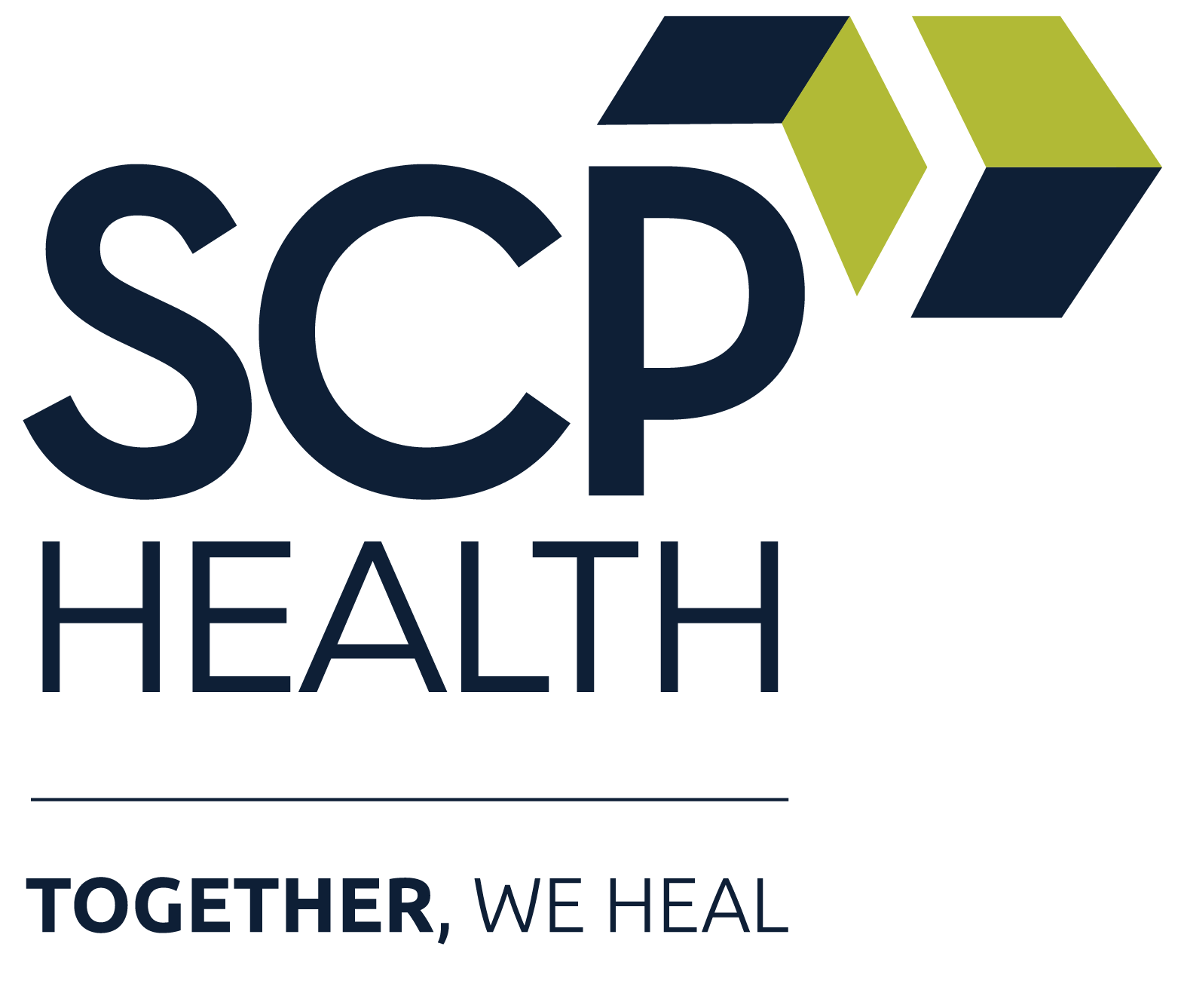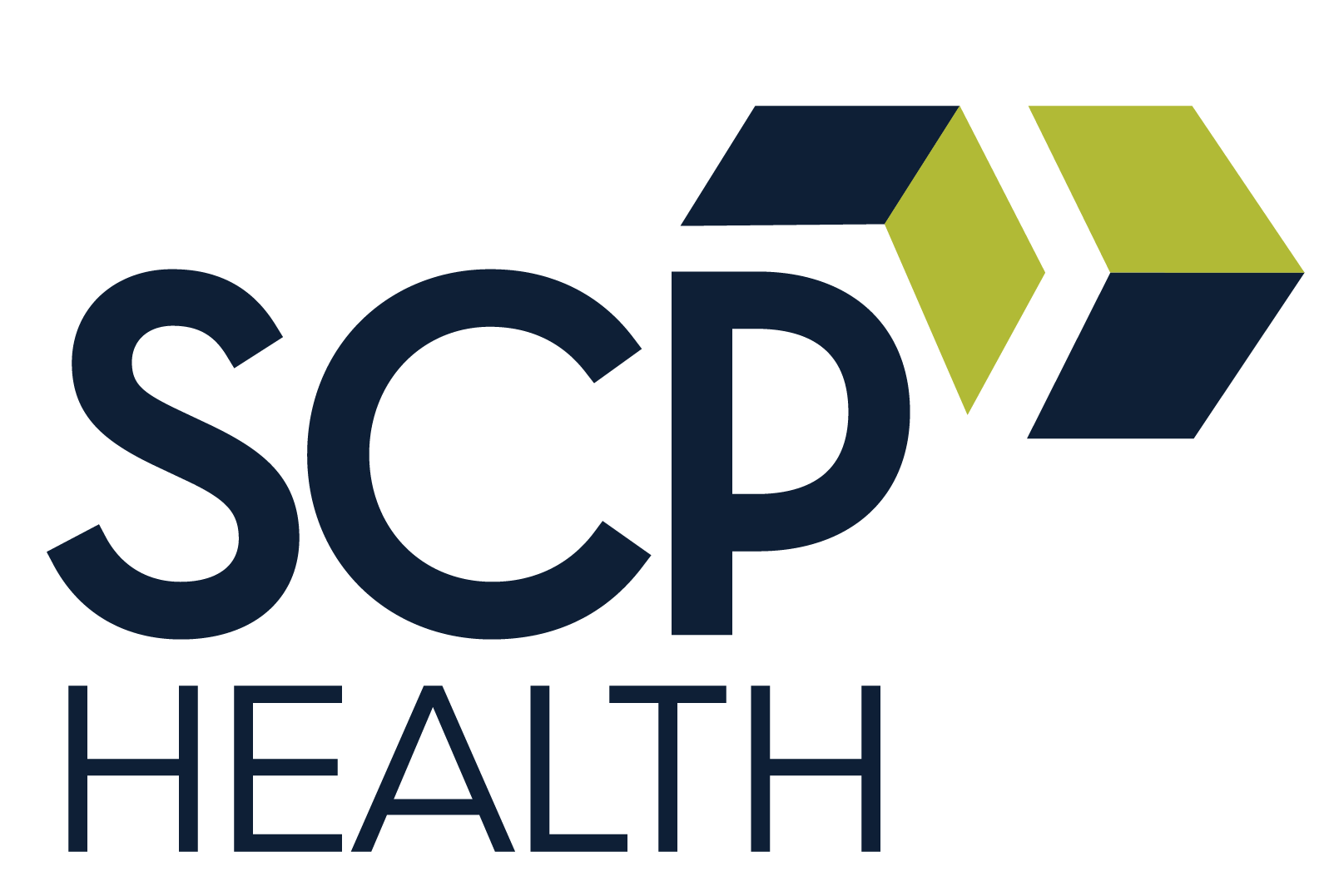How do you maintain local responsiveness while leveraging national resources?
Health systems face a fundamental challenge: they need partners who understand local nuances and community needs, yet can also provide the technology, resources, and expertise that only come with national scale. Traditional partnership models force you to choose between local customization OR enterprise efficiency.
Multi-tiered partnership structures solve this dilemma by delivering both local expertise and national strength through intentional organizational design.
The multi-tiered partnership advantage
Health care is inherently local. Patient populations, regulatory environments, clinician cultures, and community needs vary dramatically from rural hospitals to urban academic medical centers. Yet scale provides undeniable advantages: advanced analytics, best practice sharing, resource pooling, continued clinical training and development, and innovation capabilities.
The most effective partnerships operate on three distinct but connected levels:
Tier 1
Local level - Community connection and clinical excellence
What it provides: Locally embedded medical directors and clinical teams who understand your community, integrate with your culture, and respond immediately to site-specific needs.
Key responsibilities:
- Daily operational management and clinical oversight
- Community relationship building and physician engagement
- Local recruitment that understands regional preferences
- Site-specific quality improvement initiatives
- Cultural integration with existing hospital staff
- Access to relevant continuing medical education opportunities
Value delivered:
- Deep understanding of local patient populations and health challenges
- Strong relationships with community clinicians and medical staff
- Responsive decision-making for immediate operational issues
- Cultural fit that enhances rather than disrupts your organization
Success indicators: High patient satisfaction scores, strong local clinician engagement, positive community reputation, low turnover among local clinical staff.
Tier 2
Regional level - Operational excellence and strategic guidance
What it provides: Regional leadership teams that coordinate resources across multiple sites while maintaining local autonomy and providing strategic perspective beyond individual facilities.
Key responsibilities:
- Resource allocation and optimization across regional sites
- Best practice identification and implementation
- Cross-site performance benchmarking and improvement
- Strategic planning support and market analysis
- Regulatory compliance coordination and updates
Value delivered:
- Economies of scale for clinical education and training, technology, and specialized resources
- Cross-site learning that accelerates improvement at all locations reducing variation in care
- Strategic perspective that considers market trends and competitive positioning
- Efficient resource utilization without compromising local customization
Success indicators: Improved operational efficiency metrics, standardized quality outcomes across sites, optimized cost structures, effective knowledge transfer between locations.
Tier 3
National level - Innovation and enterprise resources
What it provides: Enterprise-wide leadership, cutting-edge technology platforms, comprehensive data analytics, and innovation capabilities that individual sites may struggle to achieve alone.
Key responsibilities:
- Technology platform development and maintenance
- Advanced data analytics and predictive modeling
- Innovation research and new service development
- Enterprise-wide strategic initiatives and thought leadership
- Industry trend analysis and competitive intelligence
Value delivered:
- Advanced capabilities that individual locations could never achieve alone
- Innovation pipeline that brings cutting-edge solutions to local communities first
- Comprehensive insights that inform local decision-making with broader market intelligence
- Strategic resources that strengthen each site‘s competitive position
Success indicators: Rapid adoption of innovations at the local level, measurable competitive advantages for individual communities, industry recognition for thought leadership, superior technology capabilities that enhance local care delivery.
Learn more about how local care can be enhanced by regional support and national resources.





